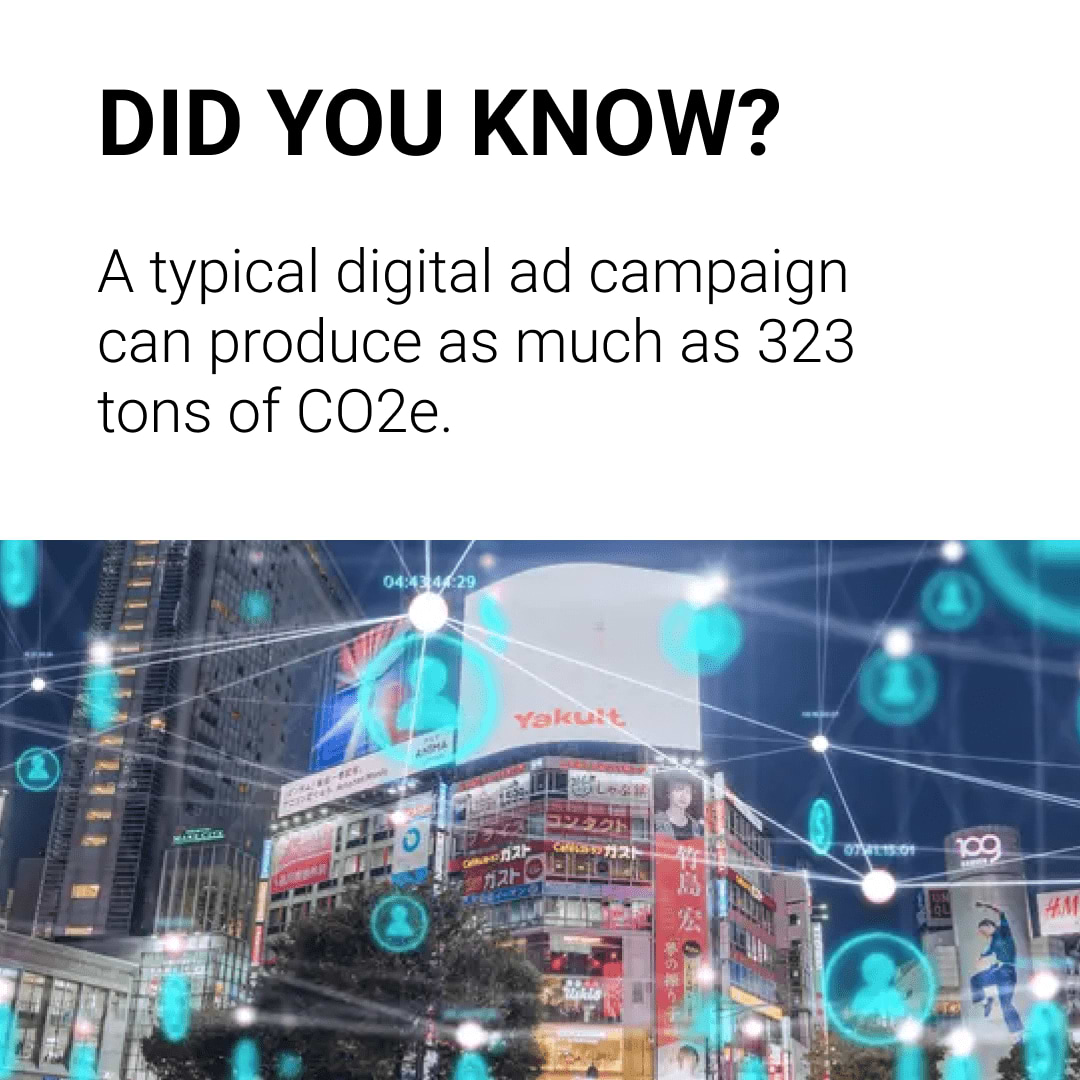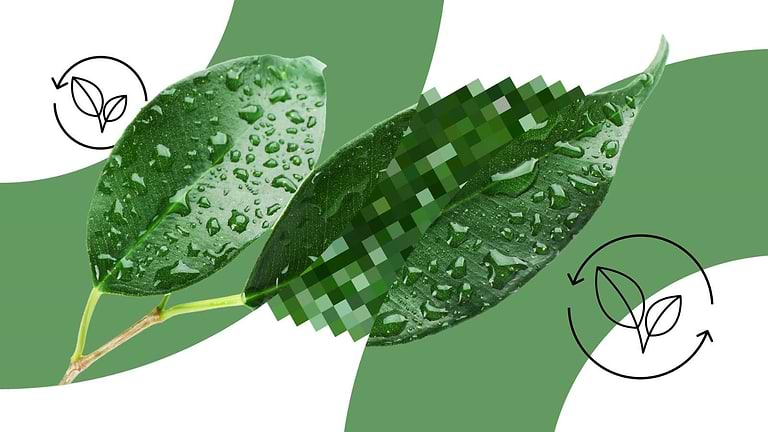WHY SUSTAINABLE WEB DESIGN MATTERS
Sustainable web design is the practice of designing and building websites in a way that minimizes their negative impact on the environment and uses natural resources more efficiently. It’s a win-win for online businesses, because efficient website design is cheaper to design and converts better.
THE SCOPE OF THE DIGITAL CARBON FOOTPRINT
Methods for reducing energy consumption include minimizing the use of toxic materials and minimizing the generation of waste. As the internet’s carbon footprint is a major factor, on par with the airline industry, the time is now to help reduce the environmental impact of websites and data.
The endless stream of data centers, receiving every request made online, creates the larger issue at hand. That the eventual energy emitted from electricity leads to carbon emissions, the number #1 cause of global warming. Like other industries, digital technologies are largely responsible for the global crisis and need to optimize their websites with sustainability in mind.
Gerry McGovern succinctly outlines the problem in his book World Wide Waste, “Digital is physical. Digital is not green. Digital costs the Earth. Every time I download an email I contribute to global warming. Every time I tweet, do a search, check a webpage, I create pollution. Digital is physical. Those data centers are not in the Cloud. They’re on land in massive physical buildings packed full of computers hungry for energy. It seems invisible. It seems cheap and free. It’s not. Digital costs the Earth.”
METHODS FOR MAKING YOUR SITE SUSTAINABLE
So in plain fact, internet usage is taking a tremendous toll on our planet. This is why many people are advocating for sustainable web design, to expend less energy and carbon emissions digitally.
Many companies are offsetting their data usage by creating renewable energy sources. Making efforts such as planting trees can help offset some of the negative environmental impacts of digital technologies. However, this is not a sustainable model as “1.6 billion trees would have to be planted to offset the pollution caused by email spam.”
It is important to also consider other ways to reduce the environmental impact of digital technologies, such as using renewable energy sources and designing more efficient systems. That begins with building more efficient websites that expend less electricity and load faster.
- Optimizing images and other media to reduce the size of web pages, which can reduce the amount of data transferred and the energy required to transfer it.
- Using scalable vector graphics (SVG) rather than raster images wherever possible, as SVG images are resolution independent and can be scaled without loss of quality.
- Using web fonts instead of images to display text, which reduces the number of HTTP requests and the amount of data transferred.
- Choosing web hosting providers that use renewable energy and have a strong track record of environmental responsibility.
- Using front-end technologies like HTML, CSS, and JavaScript to create efficient, lightweight web pages that load quickly and use fewer resources
While SpeedSize™ greatly advocates for efficient, fast-loading websites, our media AI-optimization is one of the rare instances where you can have your cake and eat it too.
SPEEDSIZE™ CURBS YOUR FOOTPRINT
Our AI media optimization outperforms all compression solutions by a wide margin, thanks to our neuroscience technology that removes all the data the eye cannot recognize in an image or video, making the final product up to 99% smaller. This can make websites load up to 10x faster depending on what solution they already use, while enhancing the visual quality of your website, which leads to better user experience and more sales.
We also have an award-winning Pagespeed Optimization team that lives for solving According to ecograder.com, SpeedSize™ has a near perfect score.
The incredible thing about this performance score is that SpeedSize™ has chosen to compose its website solely of high quality media, almost exclusively high-res videos that have been recreated to the size of a typical image with no perceptible quality loss. This is how SpeedSize.com is extremely energy efficient when it looks anything but.


OFFSET CARBON AUTOMATICALLY WITH SPEEDSIZE™
This is one of the many reasons why optimizing your website with energy-efficient solutions like media optimization can play a huge role in offsetting your carbon footprint. But is it worth it at the expense of high-quality media? Who wants to present a blurry ad?
Let us help reduce your website’s carbon footprint like ours, while also optimizing your Pagespeed, improving your visual quality and improving your conversion rates.




